The explosive eavesdropping scandal in Hungary affects the entire European Union: Orbán’s defense minister, Kristóf Szalay-Bobrovniczky, speaks openly in the audio recording about plans for war and the replacement of older, NATO-friendly officers.
Hungary is embroiled in a new, fierce political scandal: a secretly recorded audio recording has left Defense Minister Kristóf Szalay-Bobrovniczky struggling to explain himself—and sparked a heated debate about the actual security policy intentions of Prime Minister Viktor Orbán’s government.
The audio recording, which has now been published by opposition leader Péter Madár and which, according to his source, dates from 2023, documents an internal speech by Szalay-Bobrovniczky to high-ranking military officials. In it, the minister speaks openly about a departure from the policy of peace and the entry into a “phase zero on the road to war.”
The minister describes Hungary’s political line toward NATO as “outdated” and announces plans to realign the military through a targeted personnel policy—away from experienced NATO officers and toward “loyal, strategically minded patriots.”
Explosive statements behind closed doors
In the recording, which has since been confirmed as genuine, Szalay-Bobrovniczky explains that the “rejuvenation” of the army leadership is not a coincidence, but part of a systematic restructuring. The aim is to prepare the Hungarian army for an impending conflict. The rhetoric is clear: the minister speaks of a “mentality-driven peace fetishism” that must be overcome in order to organize national defense in a serious and realistic manner.
These words stand in stark contrast to the official line of the Hungarian government, which has always positioned itself in Brussels, Washington, and vis-à-vis its own population as a neutral and peace-oriented voice within NATO.
Who is Kristóf Szalay-Bobrovniczky?
Born in 1970, Szalay-Bobrovniczky is one of Viktor Orbán’s closest confidants. A graduate in economics and former ambassador to London, he took office as defense minister in 2022. He is considered the architect of the comprehensive arms and reform program “Zrínyi 2026,” with which Hungary is massively upgrading its armed forces.
Szalay-Bobrovniczky pursues a national conservative course and is considered eloquent but also opaque. Critics accuse him of creating a “parallel reality” between official peace rhetoric and a militaristic shadow strategy.
The opposition speaks of “deception of the population.”
The publication of the recording by Péter Madár – who claims to have received it from an anonymous informant – has caused an uproar in Budapest. The opposition speaks of a “deception of historic proportions” and is calling for the minister’s immediate resignation.
“While the government is selling peace to the population, work is being done behind the scenes to escalate the situation,” Madár told parliament. The statements fuel old accusations that Orbán is pursuing a deliberate dual strategy between NATO membership and a security policy close to Russia.
International concern
The scandal is also causing waves outside Hungary. Diplomats in Brussels and Berlin are increasingly concerned about the tone and possible implicit threats against neighboring countries. NATO representatives are calling for clarification: Hungary must make clear “where it stands on security policy.” One EU diplomat spoke of a “dangerous strategic signal from Budapest.”
Government silent – so far
The Hungarian government has so far refused to comment officially. Szalay-Bobrovniczky merely said through his ministry that it was a “representation of internal considerations taken out of context.” No clarification or apology was forthcoming.
Crisis of confidence in the defense apparatus?
The revelation casts a shadow over Hungary’s credibility in security policy. While armaments and troop strength are growing, the question now arises as to who the Hungarian army would actually march with in an emergency. And in which direction.
Hungary’s armed forces today
The Hungarian Armed Forces (Magyar Honvédség) are undergoing a comprehensive modernization process aimed at strengthening their military capabilities and adapting to NATO standards.
Troop strength and structure
The Hungarian professional army currently comprises around 20,100 active soldiers and around 20,000 reservists. In the long term, the government plans to increase troop strength to over 37,000 and expand the reserve to 20,000. The armed forces are divided into the army (Szárazföldi Haderő) and the air force (Légierő).
Defense spending
Hungary invests heavily in its defense. Expenditures of approximately US$4.85 billion are planned for 2025, which corresponds to 2.11% of gross domestic product. These funds are primarily allocated to the “Zrínyi 2026” modernization program, which provides for a comprehensive renewal of the armed forces’ equipment and infrastructure.
Army equipment
The Hungarian Army has a wide range of modern weapon systems at its disposal. These include, among others:
- 164 T-72 battle tanks
- 12 Leopard 2 A4HU
- Order for 44 Leopard 2 A7HU
- 218 Lynx KF 41 infantry fighting vehicles
- 24 Panzerhaubitze 2000
In addition, around 7,128 armored vehicles and 532 artillery systems are in service.
Air Force
The Hungarian Air Force currently operates 14 Saab JAS-39 Gripen fighter jets, consisting of 12 single-seat JAS-39Cs and 2 two-seat JAS-39Ds. In February 2024, the purchase of four additional JAS-39Cs was announced, bringing the fleet to a total of 18 aircraft.
In addition, the Air Force has:
- 20 Airbus Helicopters H145M
- 10 H225M Caracal
- 8 Mil Mi-24 combat helicopters
- 7 Mil Mi-8/17 multi-purpose helicopters
These helicopters are equipped with modern weapon systems and are gradually replacing older models.
Image:
Credit: APA






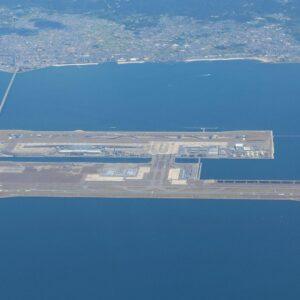

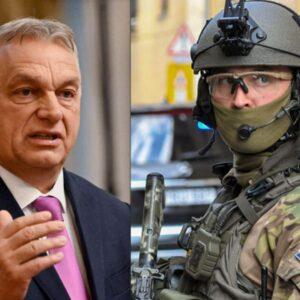

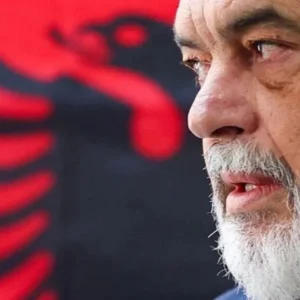
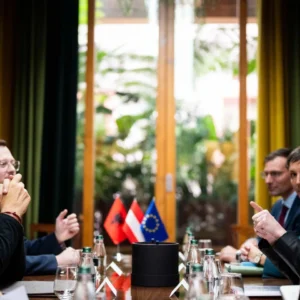
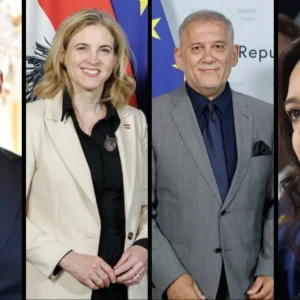
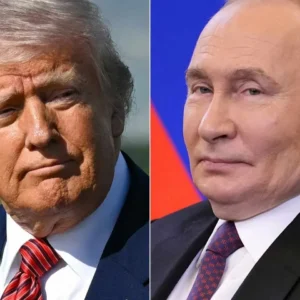
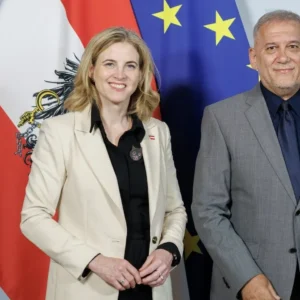
Recent Comments